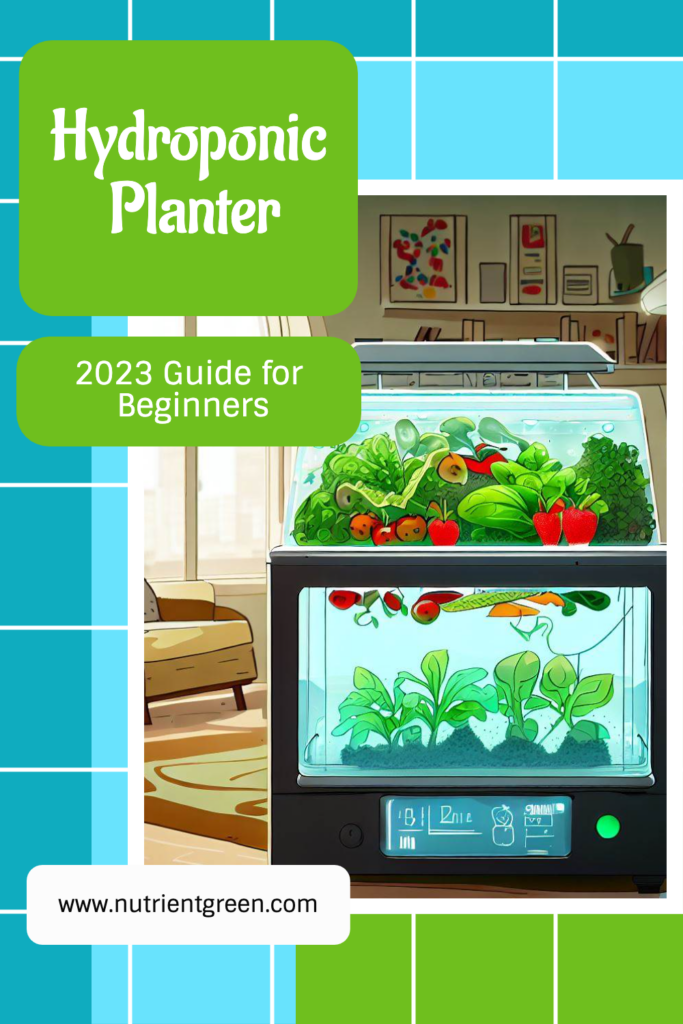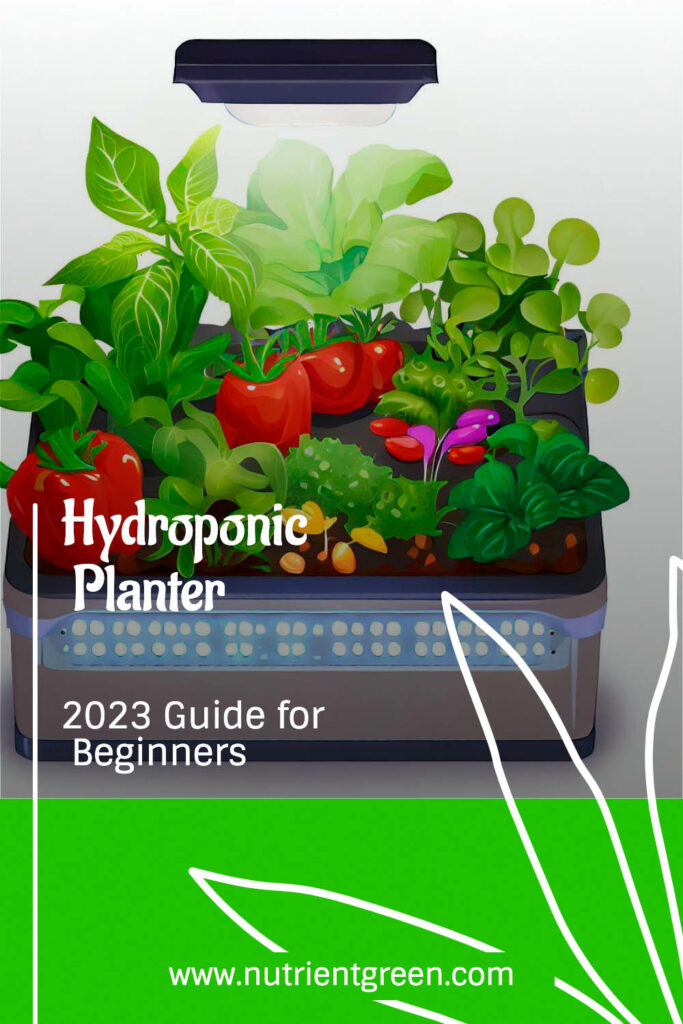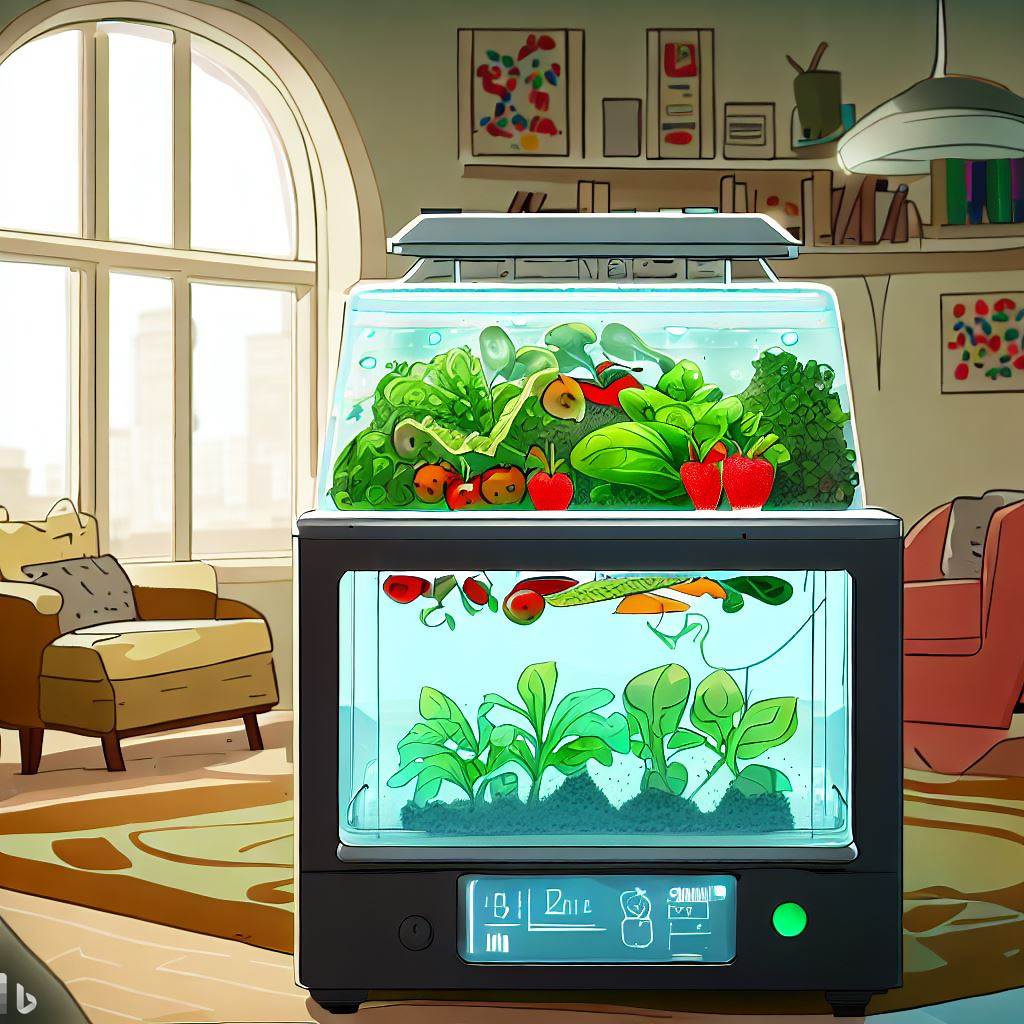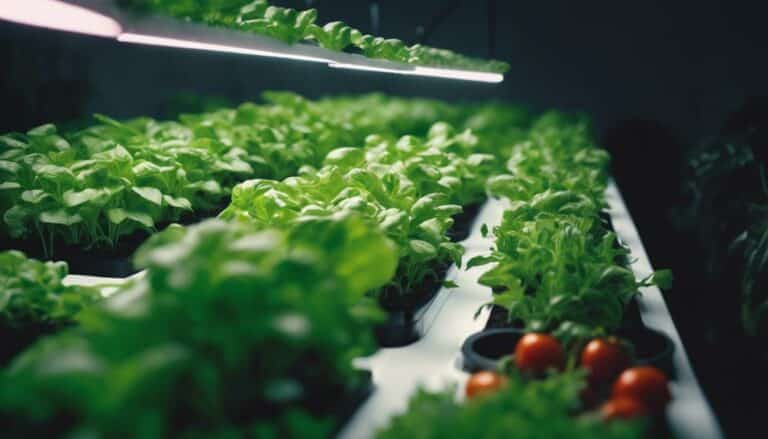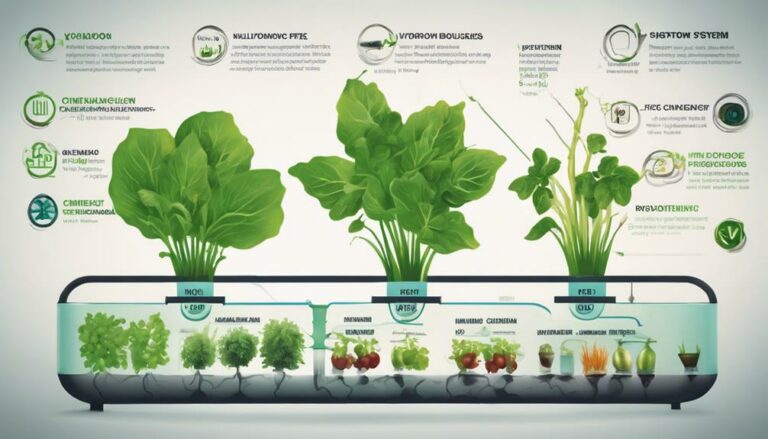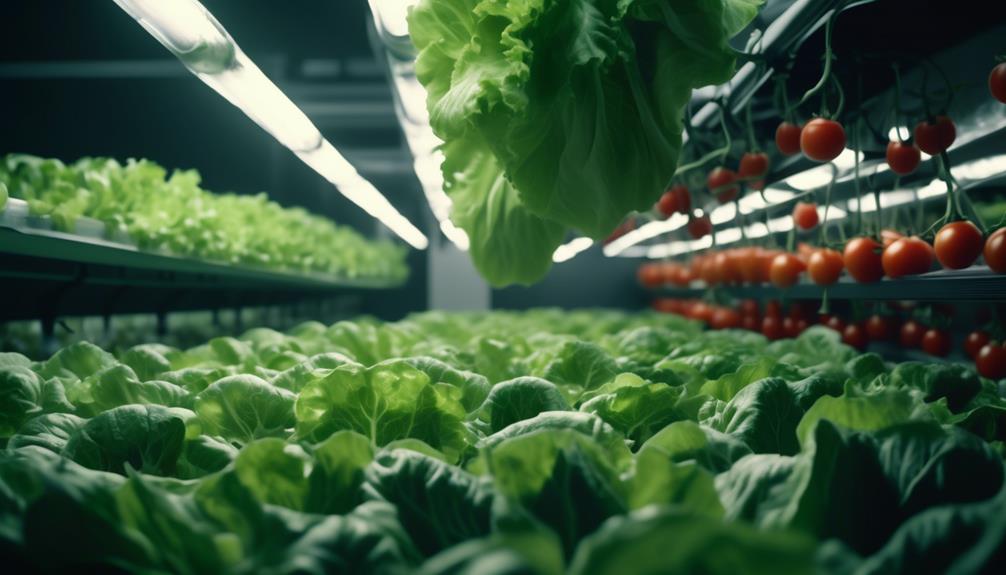Table of Contents
Have you ever wanted to grow your own plants at home, but don’t have enough space or soil? Or maybe you are tired of dealing with weeds, pests, and diseases that affect your plants. If so, you might want to try a hydroponic planter, a method of growing plants without soil, using water and nutrients instead.
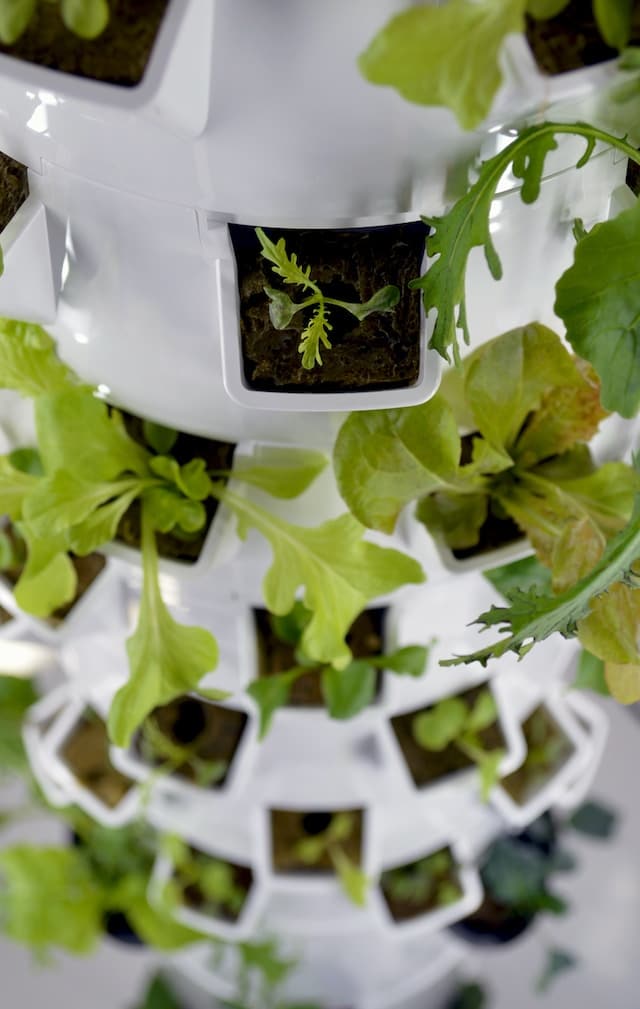
Hydroponic planter is not a new concept, but it has become more popular in recent years, especially among urban dwellers who want to enjoy fresh produce and flowers all year round. The hydroponic planter can be done indoors or outdoors, in small or large spaces, with simple or complex systems. You can grow almost any plant you like, from leafy greens and herbs to strawberries and tomatoes, from orchids and succulents to roses and lilies.
This article will show you the benefits of the hydroponic planter, how to build your own system, what plants to choose, and some tips and tricks to make your hydroponic planter successful. Whether you are a beginner or an expert gardener, you will find something useful and interesting in this guide. So let’s get started!
Benefits of a Hydroponic Planter
Hydroponic planters have many advantages over traditional soil gardening.
Here are some of them:
- Save space and water. Hydroponic planters allow you to grow more plants in less space, as you don’t need large pots or beds for each plant. You can also stack or hang your containers vertically or horizontally, making use of walls, windowsills, balconies, or rooftops. The hydroponic planter also uses less water than soil gardening, as the water is recycled and reused in a closed system. You only need to add water when it evaporates or is absorbed by the plants.
- Grow plants faster and healthier. A Hydroponic planter provides your plants with optimal conditions for growth, as they receive the exact amount of nutrients, oxygen, and water they need. You can also control the temperature, humidity, and light levels according to your plants’ preferences. As a result, your plants will grow faster and healthier than in soil, producing higher yields and better quality.
- Avoid soil-borne diseases and pests. Hydroponic planters eliminate the risk of soil-borne diseases and pests that can harm your plants. You don’t have to worry about weeds, fungi, bacteria, nematodes, insects, or rodents that can infest your soil and damage your crops. You also don’t have to use pesticides or herbicides that can be harmful to your health and the environment.
How to Build a Hydroponic Planter
Building a hydroponic planter is not as difficult as it may seem. You can start with a simple system that requires minimal equipment and materials. Here are the basic steps:
Choose a suitable system and container
There are many types of hydroponic systems available, such as deep water culture (DWC), ebb and flow, drip, aeroponics, aquaponics, and nutrient film technique (NFT). Each system has its own pros and cons, depending on your budget, space, skill level, and plant preferences. You can also choose from different containers, such as buckets, tubs, jars, bottles, or pots. Make sure the container is large enough to hold the water and the plants, and has a lid or cover to prevent algae growth and evaporation.
Prepare the growing medium and nutrients
The growing medium is the material that supports the plant roots and holds moisture and nutrients. You can use various mediums, such as perlite, vermiculite, coco coir, rockwool, clay pebbles, or gravel. The nutrients are the minerals that feed the plants and promote their growth. You can buy ready-made hydroponic nutrient solutions or make your own from organic or synthetic fertilizers. Follow the instructions on the label or the recipe to mix the nutrients with water at the right concentration and pH level.
Plant the seeds or cuttings
You can start your plants from seeds or cuttings, depending on what you want to grow. Seeds are cheaper and more diverse, but take longer to germinate and grow. Cuttings are faster and easier, but more expensive and limited in variety. To plant seeds, you can use a seedling tray with a moist growing medium or a paper towel. To plant cuttings, you can use a rooting hormone and a moist growing medium or water. Once the seeds sprout or the cuttings root, you can transplant them to your hydroponic planter.
Maintain the water level and pH
The water level and pH are important factors that affect your plants’ health and growth. You need to check them regularly and adjust them as needed. The water level should be high enough to reach the plant roots but not too high to drown them. The pH should be between 5.5 and 6.5 for most plants, but you can check the specific requirements for your plants online or on a chart. You can use a water pump to circulate the water and an air pump to aerate it. You can also use a pH meter or test strips to measure the pH and add pH up or down solutions to correct it.
Table 1: ph values for plants in indoor hydroponic planters
| Plant | pH range |
|---|---|
| Basil | 5.5-6.5 |
| Lettuce | 5.5-6.5 |
| Spinach | 6.0-7.0 |
| Bok Choy | 6.0-7.0 |
| Peppers | 6.0-6.5 |
| Tomatoes | 5.5-6.5 |
| Cilantro | 5.5-7.0 |
| Oregano | 6.0-8.0 |
| Rosemary | 5.5-6.0 |
| Mint | 5.5-7.5 |
Best Plants for Hydroponic Planter
You can grow almost any plant you like in a hydroponic planter, but some plants are more suitable than others. Here are some of the best plants for hydroponic planter:
Leafy greens and herbs.
These are some of the easiest and fastest plants to grow in hydroponics. They don’t need much space or light, and they produce fresh and tasty leaves for salads, soups, sandwiches, or teas. Some examples are lettuce, spinach, kale, arugula, basil, mint, parsley, cilantro, oregano, thyme, sage, rosemary, chives, lemon balm, chamomile, and watercress.
Strawberries and tomatoes.
These are some of the most popular fruits to grow in hydroponics. They need more space and light than leafy greens and herbs, but they reward you with juicy and flavorful fruits that you can enjoy fresh or use for jams, sauces, or desserts. Some examples are alpine strawberries, everbearing strawberries, cherry tomatoes, grape tomatoes, and beefsteak tomatoes.
Orchids and succulents.
These are some of the most beautiful plants to grow in hydroponics. They need less water and nutrients than other plants, but they need more light and air circulation. Orchids also need specific pH and temperature ranges to thrive. They produce stunning flowers and foliage that can brighten up any room or garden. Some examples are phalaenopsis orchids, dendrobium orchids, cattleya orchids, echeveria succulents, aloe vera succulents, jade succulents, and sedum succulents.
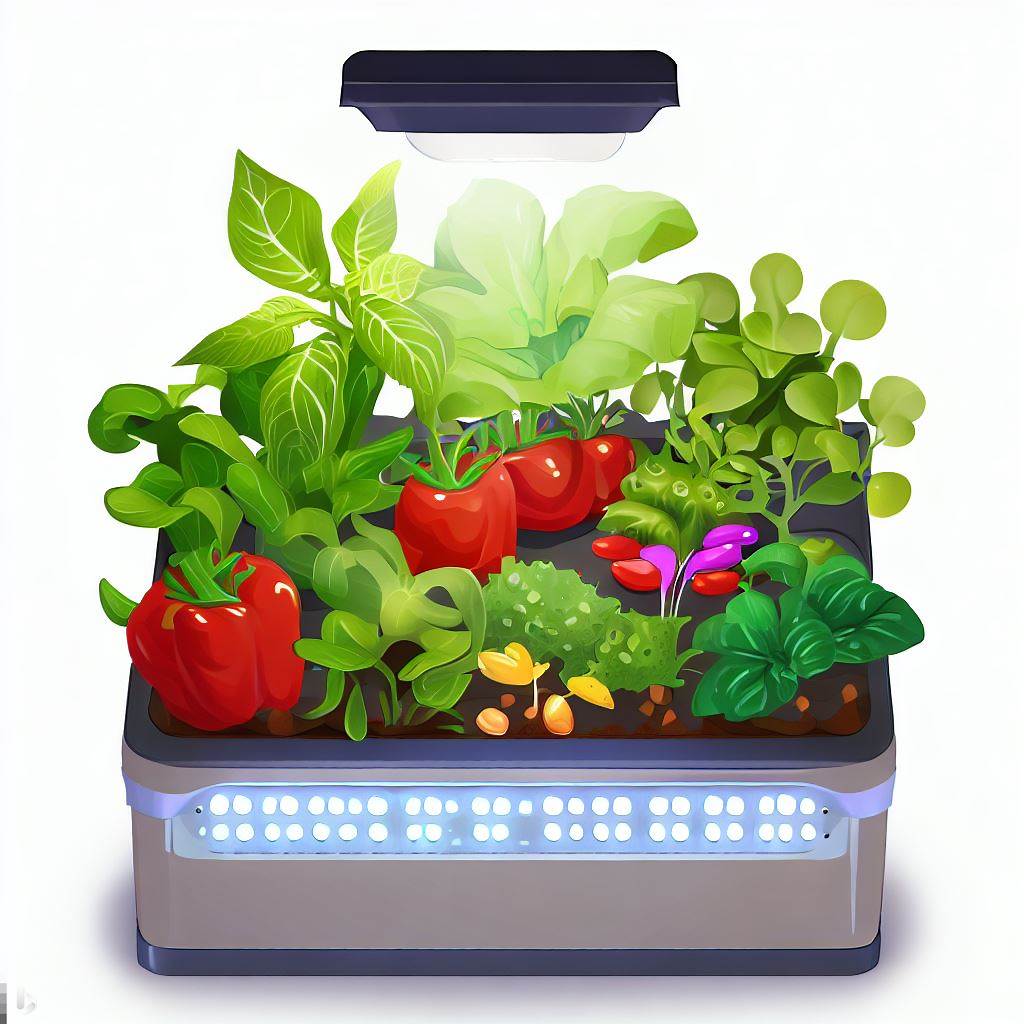
Hydroponic Planters to Buy
If you are interested in hydroponic planter, but don’t have the time or skills to build your own system, you can buy ready-made hydroponic planters that come with everything you need to start growing. Here are some of the best hydroponic planters to buy for your home:
AeroGarden Harvest Elite Indoor Garden
This is a smart and sleek hydroponic planter that can grow up to six plants at a time. It has a full spectrum LED grow light that automatically turns on and off according to your plants’ needs. It also has a digital control panel that reminds you when to add water and nutrients, and shows you the days planted and the growth stage of your plants. It comes with a gourmet herb seed kit that includes basil, parsley, dill, thyme, Thai basil, and mint.
Moistenland Hydroponics Growing System Starter Kit
This is a budget-friendly and easy-to-use hydroponic planter that can grow up to 12 plants at a time. It has a water pump that circulates the water and oxygenates the roots. It also has a height-adjustable LED grow light that has three modes: normal, grow, and enjoy. It comes with a sponge pod and a measuring cup, but you need to buy your own seeds and nutrients.
Back to the Roots Indoor Aquaponic Garden
This is a unique and eco-friendly hydroponic planter that uses fish waste as fertilizer for your plants. It is a self-cleaning fish tank that can grow organic microgreens on top. It has a silent water pump that creates a natural water cycle between the tank and the planter. It comes with organic wheatgrass and radish sprout seeds, fish food, natural dechlorinator, and a coupon for a betta fish.
Terraplanter
This is a minimalist and elegant hydroponic planter that allows you to grow plants without soil or electricity. It is a porous ceramic container that holds water inside and diffuses it through the surface. You can attach seeds or cuttings to the outer surface using the grooves and holes. The roots will grow into the container and absorb water and nutrients. You can grow mosses, ferns, orchids, succulents, herbs, and more on this planter.
iDOO Hydroponics Growing System
The iDOO Hydroponics Growing System is a versatile and user-friendly hydroponic planter that can grow up to seven plants at a time. It has a height-adjustable LED grow light that has three modes: normal, grow, and enjoy. It also has a smart control panel that reminds you when to add water and nutrients, and allows you to switch between two water circulation modes: normal and sleep. It comes with a seedling box, a measuring cup, tweezers, and a sponge pod.
Botanium
This is a minimalist and elegant hydroponic planter that can grow one large plant or two small plants at a time. It has a self-watering system that automatically waters the plant every three hours. It also has a large water reservoir that can last for several weeks. It comes with clay pebbles as the growing medium and a bottle of nutrient solution. You can choose from different colors and shapes for the planter.
Hydrofarm Root Spa 8 5-Gallon Bucket System
This is a large-capacity and durable hydroponic planter that can grow up to eight plants at a time. It has a deep water culture (DWC) system that submerges the plant roots in oxygenated water and nutrients. It also has an air pump and an air stone that create bubbles and prevent root rot. It comes with eight 5-gallon buckets, eight net pots, eight grommets, eight tubing pieces, an air pump, an air stone, and tubing connectors.
Tips and Tricks for Hydroponic Planters
Hydroponic planters can be fun and rewarding, but they also require some extra care and attention. Here are some tips and tricks to help you succeed with your hydroponic planter:
- Provide adequate light and air circulation. Light is essential for photosynthesis and plant growth. Air circulation is important for preventing fungal diseases and providing oxygen to the plant roots. You can use natural sunlight or artificial lights for your hydroponic planter. You can also use fans or vents to create air movement around your plants.
- Monitor the temperature and humidity. Temperature and humidity affect the plant metabolism and transpiration. You need to keep them within the optimal range for your plants’ needs. You can use a thermometer and a hygrometer to measure them. You can also use heaters or coolers to adjust them if necessary.
- Prune and harvest regularly. Pruning and harvesting help your plants stay healthy and productive. Pruning removes dead or diseased leaves and branches that can attract pests or diseases. Harvesting stimulates new growth and prevents overloading the plant with fruits or flowers that can drain its energy. You can use scissors or a knife to prune and harvest your plants gently.
Conclusion
A Hydroponic planter is a great way to grow your own plants without soil. It has many benefits such as saving space and water, growing plants faster and healthier, and avoiding soil-borne diseases and pests. It also allows you to grow a variety of plants such as leafy greens and herbs, strawberries and tomatoes, orchids and succulents.
To build a hydroponic planter, you need to choose a suitable system and container, prepare the growing medium and nutrients, plant the seeds or cuttings, and maintain the water level and pH. You also need to provide adequate light and air circulation, monitor the temperature and humidity, and prune and harvest regularly.
A Hydroponic planter is not as hard as it may seem. You can start with a simple system that requires minimal equipment and materials. You can also experiment with different plants and systems to find what works best for you. Hydroponic planting is a rewarding hobby that can bring you fresh and tasty plants all year round.
If you are interested in a hydroponic planter, why not give it a try? You will be amazed by the results!
FAQs
What are the disadvantages of a hydroponic planter?
Hydroponic planter has some disadvantages such as higher initial cost, higher energy consumption, higher maintenance, higher risk of system failure, and lower environmental sustainability.
How often do I need to change the nutrient solution in a hydroponic planter?
The frequency of u003ca href=u0022https://www.nutrientgreen.com/hydroponic-nutrients/u0022u003echanging the nutrient solutionu003c/au003e depends on the type of system, the size of the reservoir, the number and size of the plants, and the quality of the water. A general rule of thumb is to change the nutrient solution every two to four weeks.
How do I prevent algae growth in a hydroponic planter?
Algae growth can be prevented by keeping the nutrient solution away from light, using opaque or dark-colored containers, covering the growing medium with plastic or mulch, adding beneficial bacteria or hydrogen peroxide to the nutrient solution, and cleaning the system regularly.
Can I use tap water for hydroponic planter?
Tap water can be used for hydroponic planter if it is filtered or treated to remove chlorine, chloramine, fluoride, heavy metals, and other contaminants that can harm the plants or affect the nutrient balance. You can also use distilled water, rainwater, or reverse osmosis water for hydroponic planter.
How do I pollinate my plants in a hydroponic planter?
Pollination can be done manually by using a small brush or a cotton swab to transfer pollen from one flower to another. You can also use fans or blowers to create air movement that can carry pollen. Some plants do not need pollination to produce fruits or seeds.
